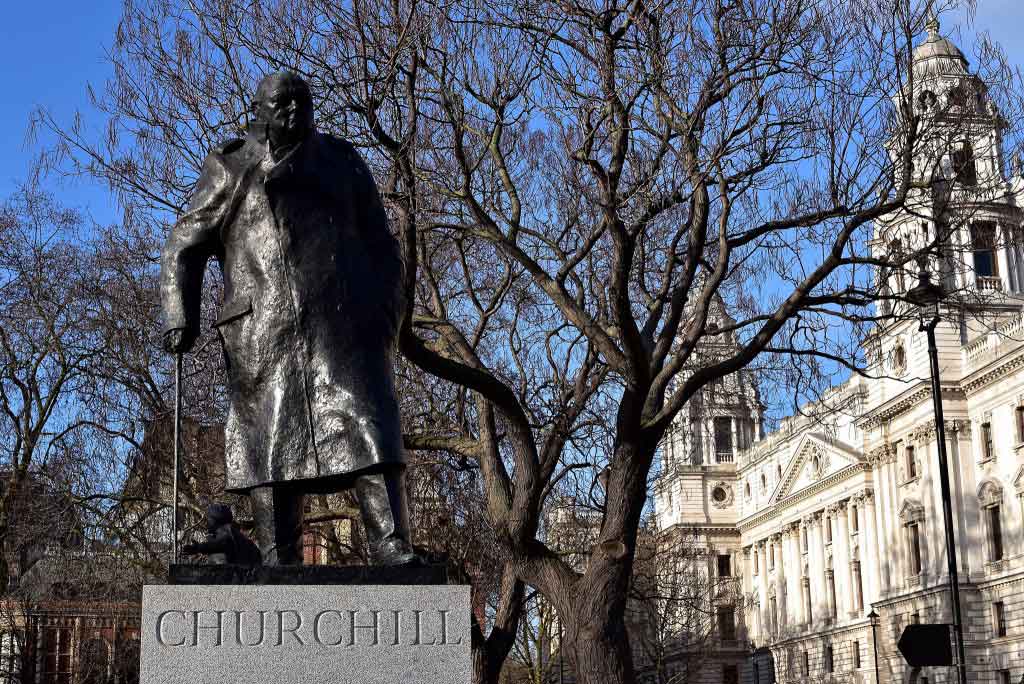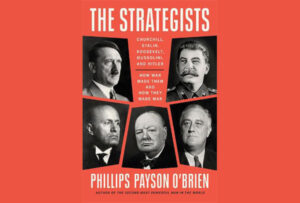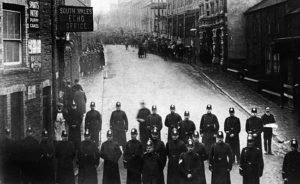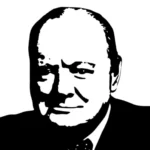StoryElement
Management style

Winston Churchill, Parliament Square, London © Sue Lowry & Magellan PR
January 1, 1970
Churchill was always demanding of others and imposed on them his own working patterns, always at a frantic pace; his energy was astounding for a man in his sixties and he expected the same level of commitment and determination from everyone around him. There’s no doubt he could be bullish, rude and overbearing. His wife, Clemmie, bravely took him to task about his style of management at the start of his leadership.
Churchill could be infuriating to work for, but his idiosyncratic, personal and informal style did also bring out the best in people, too. He was very ‘hands on’, determined to be involved in all aspects of military strategy and defence-decision-making, wore his military uniform in office, constantly travelled to visit his commanders and troops and met regularly with Chiefs of Staff, always seeking advice and views and, although he tended to make his own decisions, rarely refused to listen. Perhaps he heeded Clemmie’s advice…
See the Churchill Centre’s page on ‘Churchill: Leader and Statesman’ for more.
Click here for a list of Churchill’s ‘team’ in the Second World War, in a fascinating project that looks at the very different leadership styles of two very different men facing similar challenges – Abraham Lincoln and Winston Churchill.

2025 International Churchill Conference
Historian Andrew Roberts draws comparisons between Churchill and Hitler, in an analysis of what leadership entails. Read the brief summary here.
Subscribe
WANT MORE?
Get the Churchill Bulletin delivered to your inbox once a month.






